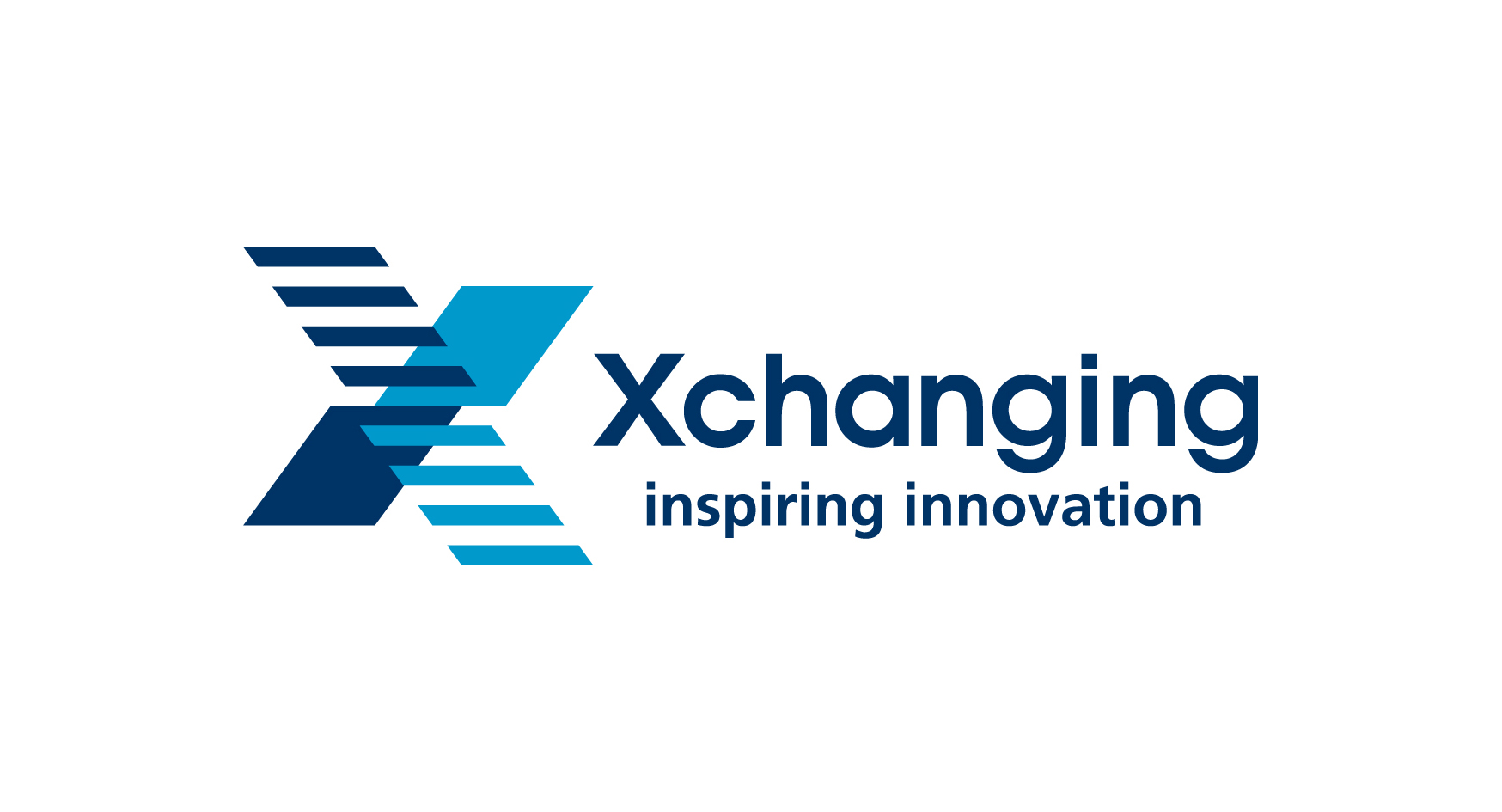The Evolving Landscape of technology Exchange Solutions: Bridging Gaps and Driving Innovation
In today’s hyper-connected world, the rapid pace of technological advancement presents both immense opportunities and significant challenges. For businesses across all sectors, staying competitive hinges on their ability to adapt, innovate, and leverage the latest technological tools. This necessitates a fluid and efficient exchange of technology, encompassing everything from software and hardware to intellectual property and expertise. Enter technology exchange solutions – a dynamic and multifaceted field designed to facilitate the seamless transfer and utilization of technological assets.
This article delves into the intricate world of technology exchange solutions, exploring its various facets, benefits, challenges, and future trends.
Understanding the Essence of Technology Exchange

At its core, technology exchange refers to the process of transferring technological resources between different entities. This can occur in a variety of contexts, including:
Business-to-Business (B2B) Transactions: Companies licensing software, selling hardware, or engaging in joint ventures to develop new technologies.
The ultimate goal of technology exchange is to unlock the potential of technological innovations, enabling them to be applied in new and impactful ways.
Key Components of Effective Technology Exchange Solutions

Successful technology exchange requires a comprehensive approach that addresses various critical elements. Here’s a breakdown of some key components:
Intellectual Property (IP) Management
Protecting and managing intellectual property is paramount in any technology exchange transaction. This includes:
Patent licensing and enforcement.
Technology Valuation
Accurately valuing technological assets is crucial for fair and equitable exchange. This involves:

Assessing the market potential of the technology.
Contract Negotiation and Drafting
Clear and comprehensive contracts are essential for defining the terms and conditions of technology exchange agreements. This includes:
Licensing agreements.
Technology Due Diligence
Thorough due diligence is necessary to assess the risks and opportunities associated with a technology exchange transaction. This includes:
Technical due diligence to evaluate the functionality and reliability of the technology.
Technology Integration and Implementation
Successful technology exchange requires seamless integration and implementation of the acquired technology. This includes:
Providing training and support to users.
The Benefits of Implementing Robust Technology Exchange Solutions
Implementing effective technology exchange solutions can yield numerous benefits for organizations, including:
Accelerated Innovation
Accessing external technologies can accelerate the pace of innovation by providing access to new ideas, expertise, and resources.
Reduced R&D Costs
Licensing or acquiring existing technologies can reduce the costs associated with developing new technologies in-house.
Enhanced Competitive Advantage
Leveraging cutting-edge technologies can provide a significant competitive advantage in the marketplace.
Expanded Market Reach
Partnering with other organizations can expand market reach and access new customer segments.
Increased Efficiency and Productivity
Adopting new technologies can streamline operations and improve efficiency and productivity.
Addressing the Challenges of Technology Exchange
While technology exchange offers numerous benefits, it also presents several challenges, including:
Cultural Differences
Collaborating with organizations from different cultures can lead to misunderstandings and communication barriers.
Intellectual Property Disputes
Disputes over ownership and licensing of intellectual property can be costly and time-consuming.
Technology Integration Challenges
Integrating new technologies with existing systems and infrastructure can be complex and challenging.
Regulatory Compliance
Technology exchange transactions may be subject to various regulatory requirements, including export controls and antitrust laws.
Data Security and Privacy
Sharing sensitive data during technology exchange transactions requires robust security measures to protect against breaches and cyberattacks.
Emerging Trends in Technology Exchange
The field of technology exchange is constantly evolving, driven by technological advancements and changing market dynamics. Here are some emerging trends:
Open Innovation
Open innovation models are gaining popularity, encouraging collaboration and knowledge sharing across organizational boundaries.
Digital Platforms for Technology Transfer
Online platforms are facilitating the discovery and exchange of technologies, connecting innovators with potential partners.
Artificial Intelligence (AI) and Machine Learning (ML)
AI and ML are being used to automate various aspects of technology exchange, including technology valuation and due diligence.
Blockchain Technology
Blockchain technology is being explored to enhance the security and transparency of technology exchange transactions.
Sustainable Technology Exchange
Increasingly, there is a focus on promoting the exchange of sustainable technologies that address environmental and social challenges.
The Future of Technology Exchange
The future of technology exchange is bright, with continued advancements in technology and increasing globalization driving further innovation and collaboration. As businesses and organizations adapt to the ever changing landscape, the following concepts will increase in importance.
Increased Focus on Strategic Partnerships
Organizations will increasingly focus on building strategic partnerships with other organizations to access complementary technologies and expertise.
Greater Emphasis on Data-Driven Decision Making
Data analytics and AI will play a more significant role in informing technology exchange decisions.
Enhanced Collaboration Between Academia and Industry
Universities and research institutions will play a vital role in driving innovation and facilitating technology transfer to the private sector.
Development of New Business Models
New business models will emerge to support the exchange of emerging technologies, such as AI, blockchain, and quantum computing.
Global Collaboration and Standardization
International collaboration and standardization efforts will be crucial for facilitating the seamless exchange of technology across borders.
In conclusion, technology exchange solutions are essential for driving innovation and maintaining competitiveness in today’s rapidly evolving technological landscape. By understanding the key components, benefits, challenges, and emerging trends in this field, organizations can effectively leverage technology exchange to achieve their strategic goals and contribute to a more technologically advanced and interconnected world.



